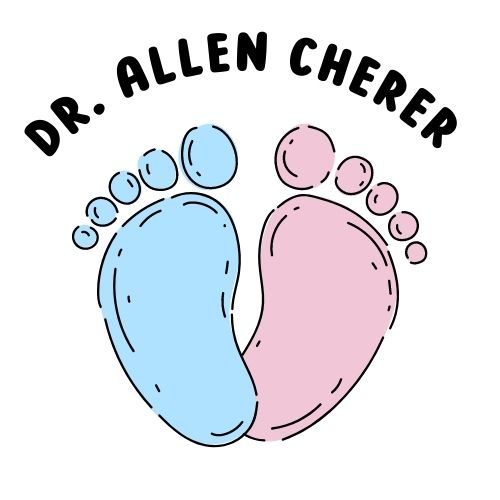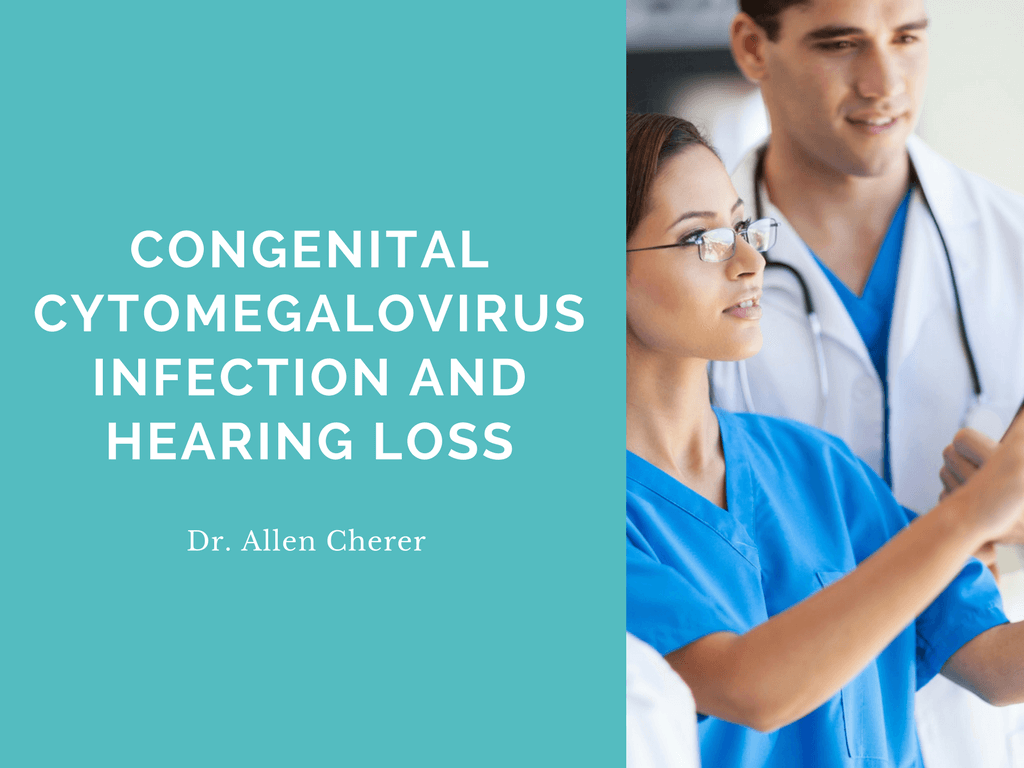It has been over 50 years that the association between congenital Cytomegalovirus (CMV) infection and hearing loss was described by Medearis et al. During that time, advances in understanding the pathogenesis and the natural history of the disease have been made. It is now acknowledged that CMV infection is not only the most common congenital viral infection in the world but also the leading non-genetic cause of childhood sensorineural hearing loss. The world-wide incidence of congenital CMV infection is estimated to range from 0.06% – 2.4% of all live births. As many as 10-15% of infected neonates are symptomatic at birth, presenting with a variety of signs/symptoms including growth failure, anemia, extramedullary hematopoiesis, thrombocytopenia, hepatosplenomegaly, intracranial calcifications, microcephaly, and chorioretinitis. Mortality is <5%, but as many as 50% of survivors will demonstrate long-term sequelae, primarily sensorineural hearing loss and neurodevelopmental delay. On the other hand, the great majority of congenitally infected neonates are asymptomatic and may be totally unrecognized. They generally have a much better prognosis. Notably, however, approximately 10% of these asymptomatic infants will also manifest sensorineural hearing loss, often late in onset and progressive in nature, and some element of neurodevelopmental delay. Hence the global burden of congenital Cytomegalovirus infection is significant.
Cytomegalovirus is ubiquitous in humans and infects 50-85% of adults in the United States by 40 years of age. Virus excretion rates from urine and saliva in children from 1-3 years of age in child care centers are reported to range from 30-40% but can be as high as 70%. Generally, acquired infection in adults and children is mild and inconsequential in terms of long-term sequelae. CMV, like Herpes Simplex and Varicella Zoster, belongs to the herpesvirus family. All three may cause congenital and perinatal infections. Transmission of the virus can occur vertically to the fetus during pregnancy with the highest risk of infection occurring during the first half of gestation. Maternal infection can occur following initial exposure, with reactivation of the virus following previous infection, or with reinfection with a different strain of the virus. Symptomatic infection occurs with similar frequency in newborns born to women with initial CMV infection (primary infection) and those born to women who were seropositive before pregnancy (non-primary infection). Then too, the severity of newborn disease and the rates of CMV-associated sensorineural hearing loss do not differ between primary and non-primary infection. Studies since 2003 have reported treatment benefit in terms of hearing and neurodevelopmental outcome of intravenous ganciclovir for 6 weeks and subsequently in 2013 with its oral prodrug valganciclovir for 6 months. The American Academy of Pediatrics Red Book, 2015 edition, recommends antiviral treatment for those newborns with symptomatic congenital CMV infection with or without CNS involvement provided it can be initiated within the first month of life. The quandary, of course, arises when the definition of “symptomatic” is not clear. Suggestions have been offered, but none has been universally accepted. In addition, the Red Book specifically advises against antiviral treatment for those asymptomatic patients with congenital CMV infection, although a number of them are at risk for long-term sequelae.
In 2000, the Joint Committee on Infant Hearing endorsed Universal Newborn Hearing Screening (UNHS). Prior to that time, only at risk newborns for hearing impairment were screened, and it was estimated that close to 50% of all children with hearing loss were undiagnosed until 18 months to 3 years of age. It is generally accepted that in order to achieve linguistic and communicative competence, diagnosis and intervention must take place before 6 months of age. The aim of UNHS is to screen all newborns before 1 month of age and have confirmation of hearing loss in infants who do not pass through a complete audiologic evaluation by 3 months of age. A limitation of UNHS is not all cases of childhood hearing loss, especially those with late onset and/or progressive loss, will be detected. Clearly, newborns with congenital CMV infection, specifically those who are asymptomatic and have not been identified, may be missed altogether.
Based on the global nature and incidence of congenital CMV infection, the frequency of late onset hearing loss, and the benefits of early intervention, newborn screening for congenital CMV infection has been explored but has not yet been adopted. Dried blood spot (DBS) PCR for CMV was initially encouraging but recent studies suggest poor sensitivity, and blood viral load does not appear to be sensitive or specific in predicting which infants will develop late onset hearing loss. Newborn saliva and urine PCR for CMV are best to identify congenital CMV infection, but to date no specific biomarkers have been found to reliably predict which infants will develop late onset hearing loss. Ideally, maternal infection with CMV would be eliminated. An alternative would be to prevent transmission to the fetus or newborn. In the meantime, research continues to better identify and treat those newborns with congenital infection and prevent the serious sequelae.

